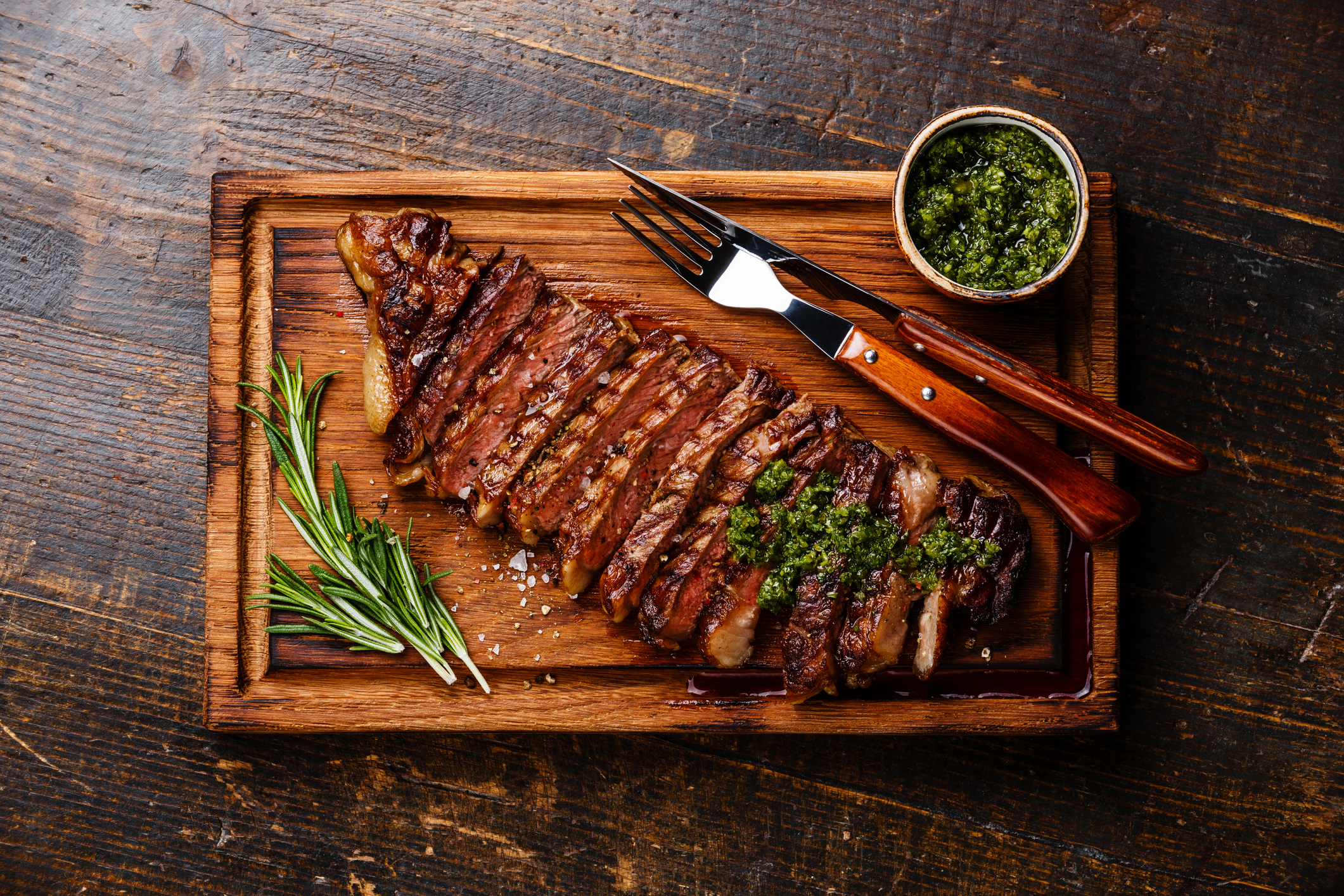Breaking bread is an important part of a business relationship that leads to trust and long-term success.

This article originally appeared on Inc.com.
Watching the behavior of someone across the table is similar to observing how they respond in real life. From extending the invitation, discussed by Eliza Browning, to who should pick up the check, in an article by Steve Tobak, every mannerly detail matters.
It is no surprise that a company is interested in testing your social skills before they invest time, effort and money into your training. Knowing how you’ll behave in front of their clients is of the utmost importance. Whether vying for the coveted corner office or securing a substantial new account, conducting yourself with confidence at the table will set you apart from your competitor.
Here are six tips to improve your chances of acing the deal as you dine like a star:
Don’t waste anyone’s time.
When requesting a meeting, rest assured the other person is wondering, “What do they want and what’s in it for me?” Be clear about your expectations: “Jim, I’d like to take you to lunch and discuss the next three steps on the Jones project.” Doing so allows the other person to prepare their part of the agenda in advance.
Pick the right table.
If you are the one requesting the lunch meeting, arrive early and select a table (not a booth) located away from the front entrance, kitchen or restroom, all of which are high traffic areas.
Make sure it’s not a small two seat table that will feel cramped and uncomfortable. Request a four top where you can place papers and documents on the table for a quick review.
Eat before you go.
Dining is not the primary focus of the business lunch. Have a small snack to stave off a growling stomach and the urge to overindulge. Being aware of what foods to skip is crucial to stay focused on the conversation. Steer clear of anything that is difficult to eat or will leave behind a stinky or sticky goodbye handshake (shrimp cocktail, ribs, cheesy burger.)
Timing is everything.
Conducting business over a meal offers the opportunity to forge a business relationship in a different setting. Your goal is get settled at the table, order from the menu (special requests make you appear high maintenance) and then spend approximately 10 minutes discussing business.
Plan your delivery to allow the conversation to veer off in another direction by the time the main course is brought to the table. Pace your food consumption according to your table mate, not concluding your meal too early or making them wait too long for you to finish.
Pay in advance.
If you are the host, take care of the bill before your guest arrives. Let the server know the tab should be handed directly to you, or give them your credit card to run and hand you the bill at the end of the meal. Don’t forget to instruct them to add 20 percent gratuity to the total.
As the guest, it’s not necessary to offer to leave a tip. The etiquette of who covers the cost: the person requesting the lunch meeting pays and tips. Just like salt and pepper are never separated at the table, the bill and gratuity are never split.
Skip the toothpick.
The final impression you leave behind should not include a small stick lodged between your teeth. Take care of your dental hygiene privately, and leave your guest impressed with your business decorum, in and out of the office.
You may also like How to Master the Art of a Business Meal. For more of Diane’s etiquette tips read her posts on Inc., subscribe to her articles on Huff Post, “like” The Protocol School of Texas on Facebook, and follow her on Pinterest, Instagram and Twitter. Buy her new book, Modern Etiquette for a Better Life here.
